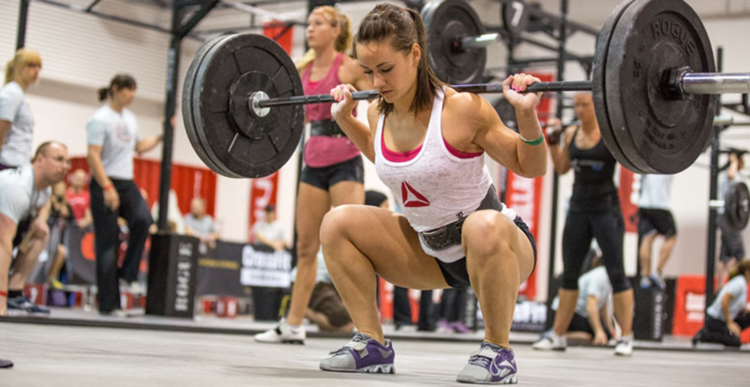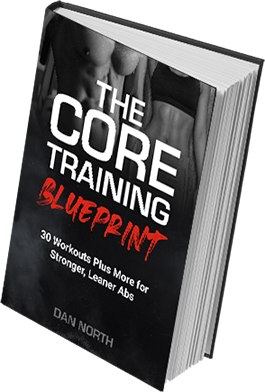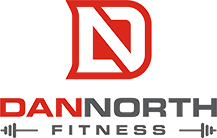When it comes to movements like squats and deadlifts, or any other compound lift, there are a lot of things going on at once. Squatting is a pretty simple exercise if you were to write it down on paper. You sit down and you stand back up. And even though it sounds simple enough, there’s a lot going on during the squat and it actually requires a lot of prerequisites in order to be performed correctly.
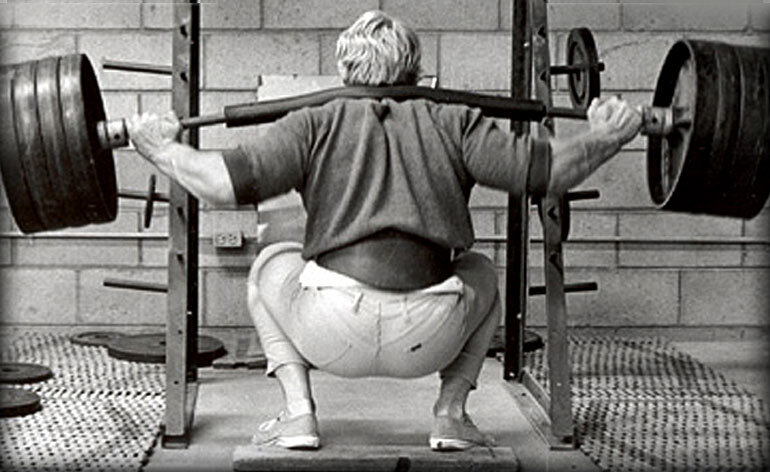
What are some prerequisites for a good squat?
- Ankle mobility
- Hip mobility
- Glute engagement
One of the most common challenges people face is actually getting deep enough into the initial squat down to the floor.
Why?
Mobility.
Mobility = your joints ability to actively travel through their intended ranges of motion.
Without a solid foundation of mobility, you will find it challenging to get into good positions, especially with demanding movements such as the squat. If you aren’t mobile enough to actually get into an optimal position…
- you’re not getting as much out of the exercise as you potentially could
- you’re increasing your risk of injury
- you’re developing new/worsening existing imbalances
Without mobility, there is no lift. So before you start thinking about how much you want to squat, start by training to get into a good position in the first place J
K, so….you need mobility. Got it. Where do I start?
It all starts from the floor. In other words, your ankles.
Think about the mechanics of the squat for a second. You bend your legs in order to get your butt towards the floor. In order to do that, your ankles need to be able to bend back as well (think flexing your foot so your toes are going towards your shin…that’s called dorsiflexion).
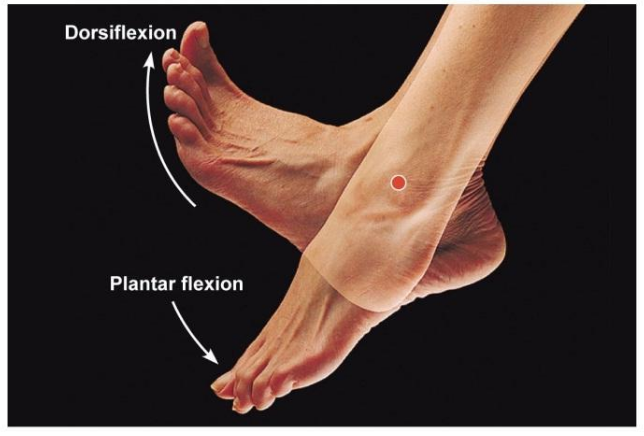
In order to achieve optimal squat depth, your ankles need to have optimal dorsiflexion mobility. If not, your heels will want to raise off the floor and there will be a lot of unwanted tension built up in the knees as a result of this. Not good.
What is optimal squat depth?
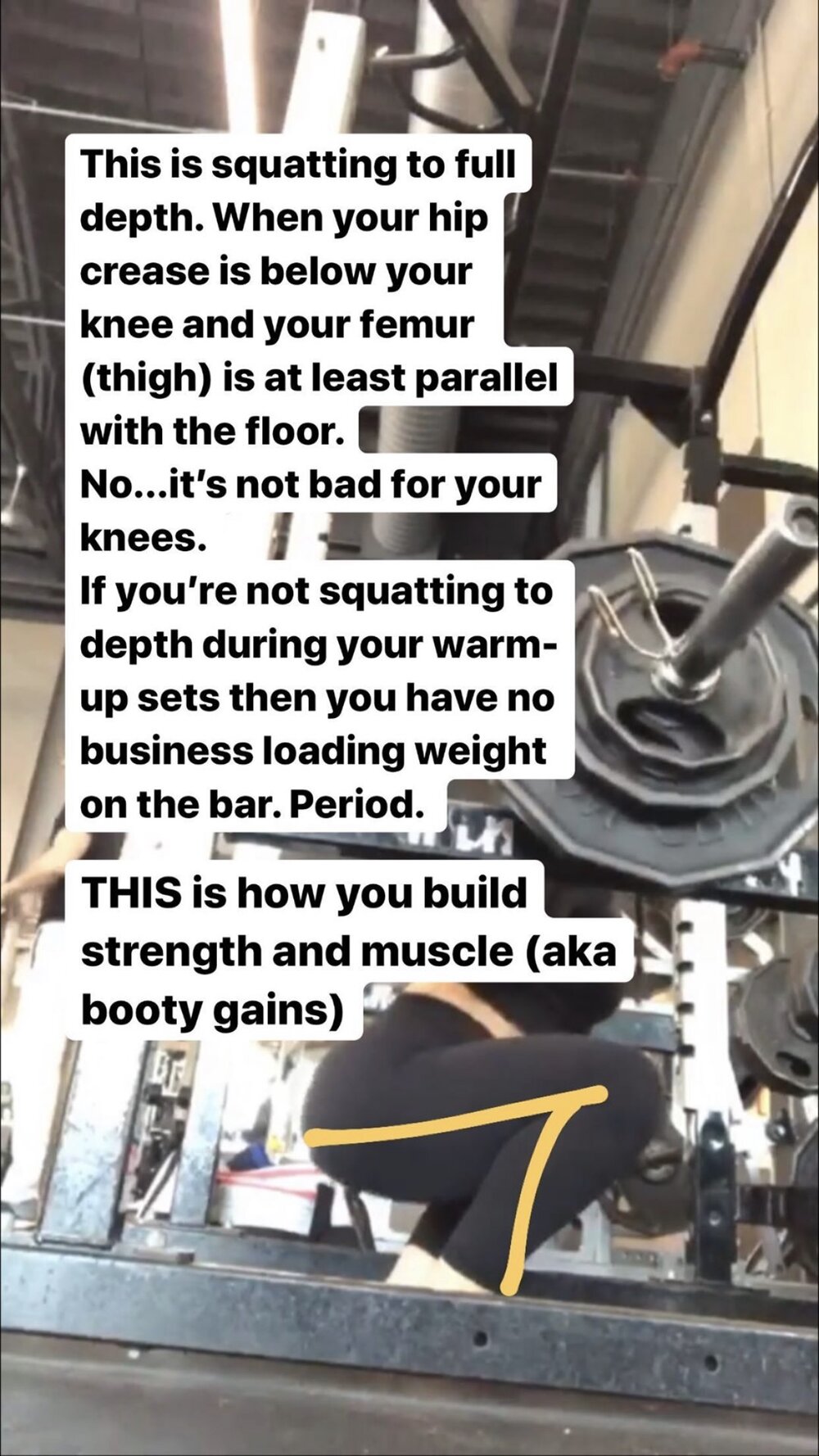
You’ve probably heard coaches and others say something like “squat to 90” meaning get your legs to a 90 degree angle, which is fine. But, ideally you want to be able to squat much lower. We call this ass to grass. Aim to have your hip crease slightly below your knee when you reach the bottom of your squat.
Why?
- You will have better glute engagement (which is half, if not most of the reason people squat in the first place…to get an ass).
- You will increase your overall strength.
- You will build muscle and improve athleticism (jumping, running, blah blah blah).
Always remember…it’s way better backing off on the weight and squatting through a full range of motion with load you can actually handle. As opposed to biting off more than you can chew and doing half-ass quarter squats. Always.
Ok, so…ankle mobility. How do we get it?
A couple of pointers before we get into the drills…
- You will only see benefit from these drills and progress in your ankle mobility if you are consistent. If not, they’re useless. So if you don’t plan on putting in the effort to improve your squat depth, stop reading. The rest of this article will be fairly useless to you.
- There are no specific reps/sets for any of these. I can give guidelines, but at the end of the day, the more the better.
- Do them in the morning, during your warm up, in-between sets, during your cool down…remember, if you want to see progress, you have to put in the work.
ANKLE CARS (ROTATIONS)
This one is great because there’s no equipment needed so you have literally no excuse not to do it. CARs is a fancy term for controlled articular rotations…basically joint circles.
Start with about 5-10 each direction both sides and go from there. The idea here is to go sloooooow and controlled and try to teach your body to control your ankle throughout the entire range of motion.
Great to use as a warm up to get the joints moving and ready before you head into some of the following band work…
BANDED DORSIFLEXION
Even though I’m using a box in the video, you can do this from the floor and it works just as well.
I’m wearing shoes, but if you’re just starting and want to really hammer your ankles, try doing it barefoot/in socks. A flatter surface (barefoot) will challenge your range of motion more so than if your heels were slightly elevated (like in most shoes).
The idea here is to keep your foot flat (heel on the box or floor) the entire time, forcing your knee forward past your toes.
If you’re doing this as part of your warm-up, 30 sec per side is fine to start. You can repeat 30 sec a side in-between sets during your workout from there.
After your workout is done and you’re cooling down. hold for about 2 min per side to really gain the benefits and help your body recover.
ACTIVE BANDED DORSIFLEXION
I love using this as part of my warm-up and my clients’ warm-up routine before squats and/or deadlifts.
You want to have the band directly on the instep of the foot (front of ankle) and kick your foot forward before you start so there is tension created in the band (so it’s pulling your foot back without you moving).
From there, have a bench or something in front of you to hold on to and push your knee forward past your toes. Repeat this motion for at least 10-20 passes per side as part of your warm up to prime the ankles and get them ready for squats.
Key Points
- If you want to get the most out of exercises, you want to travel through the full range of motion.
- Aim to squat to full depth with good form (hip crease below your knee so your thigh is below parallel to the floor).
- Mobility is the foundation of optimal positioning with all exercises (if you aren’t mobile enough, you won’t be able to fight or cheat your way into a good position).
- You have to be consistent if you want to see the benefits.
If you have any questions or comments about today’s article, please shoot me a message down below 🙂


